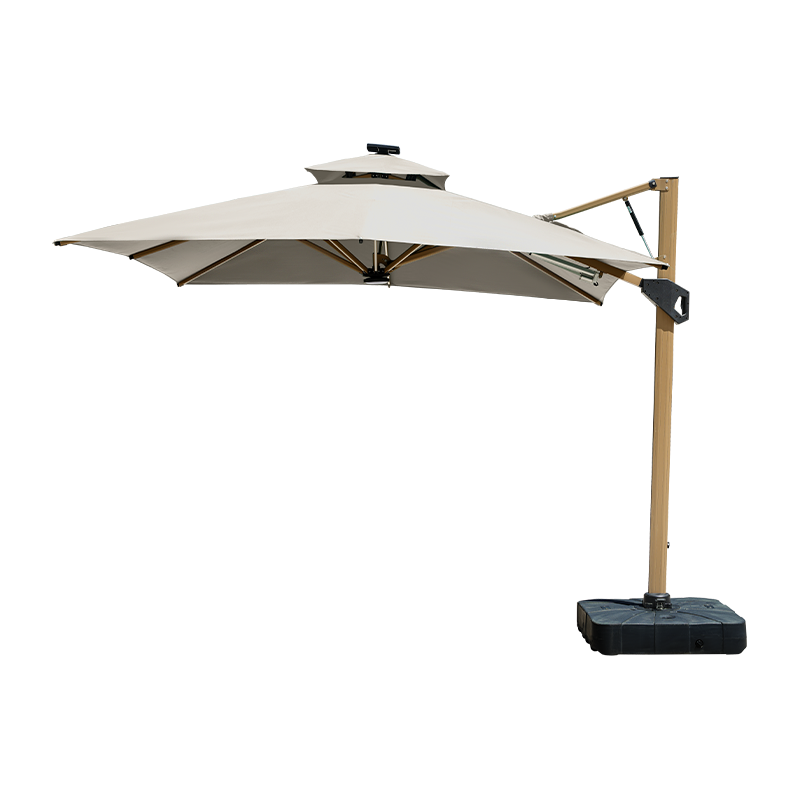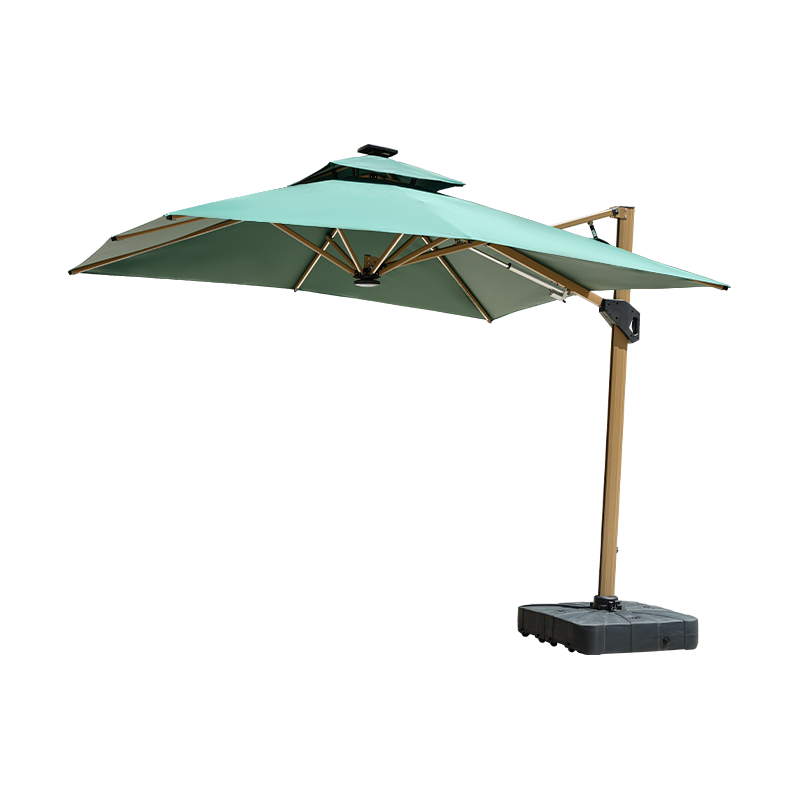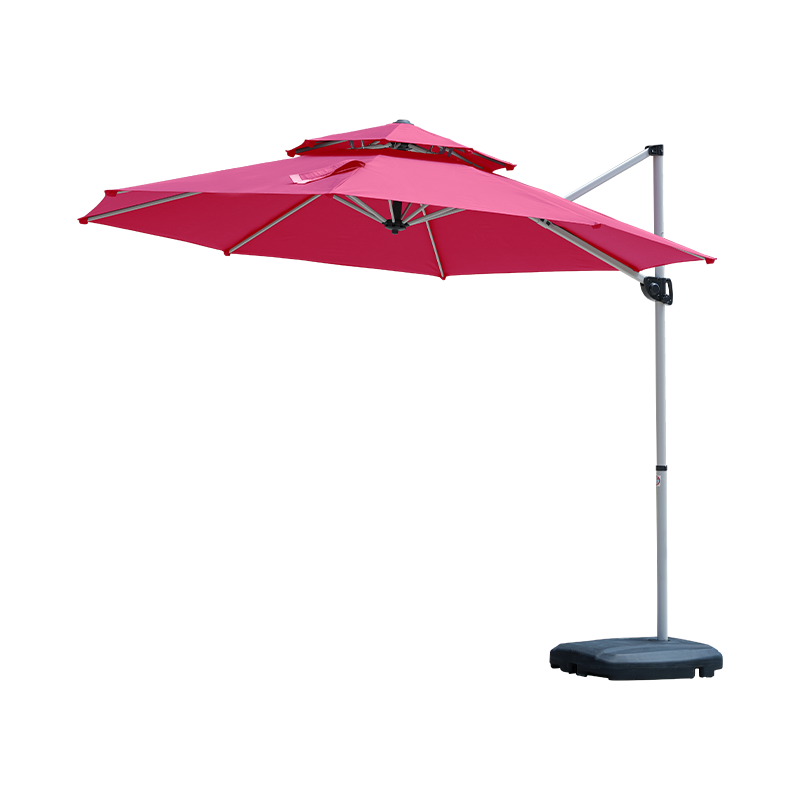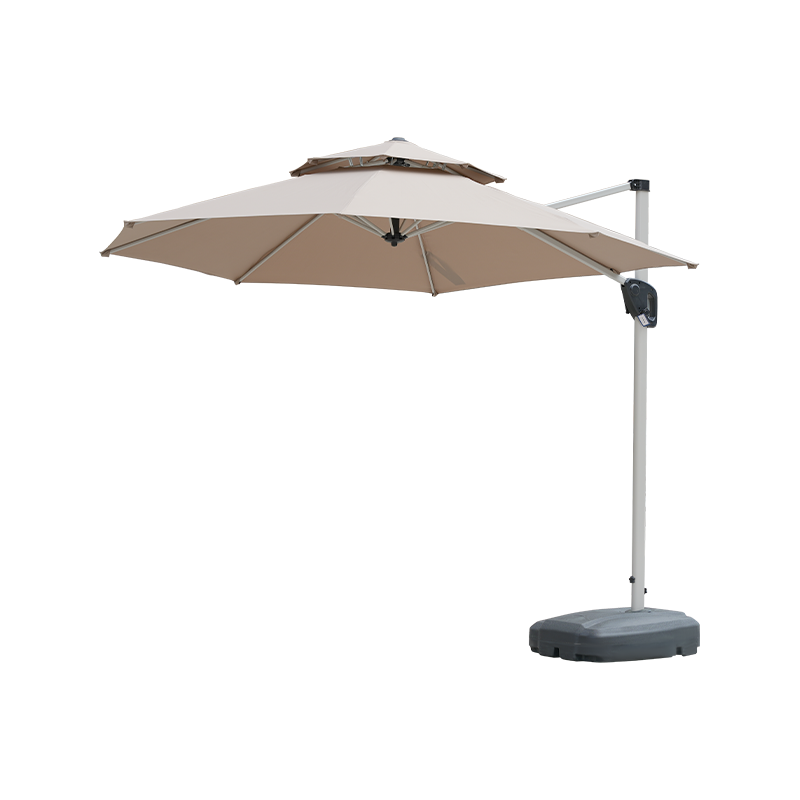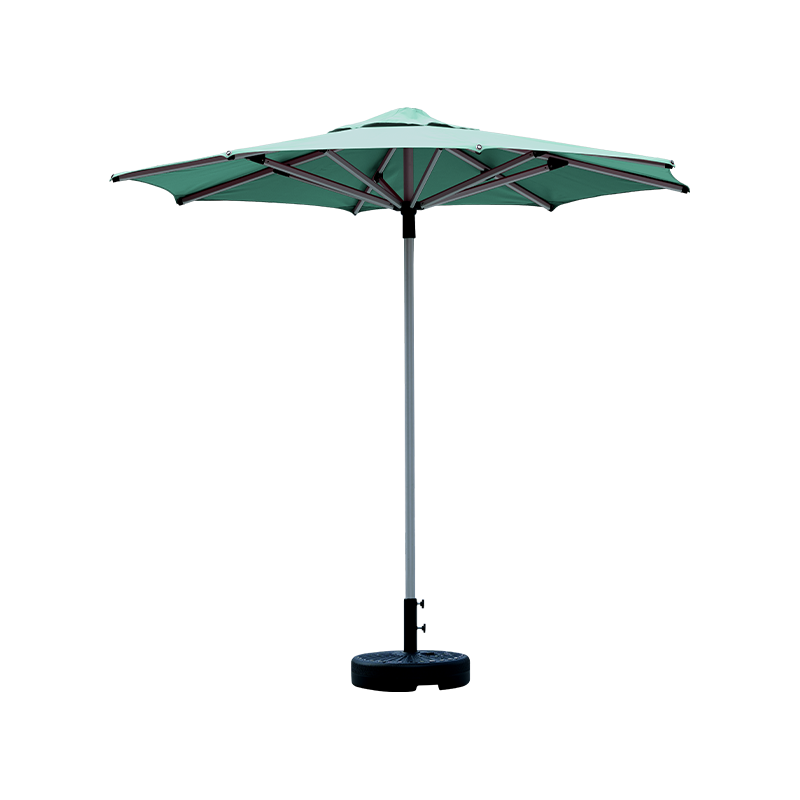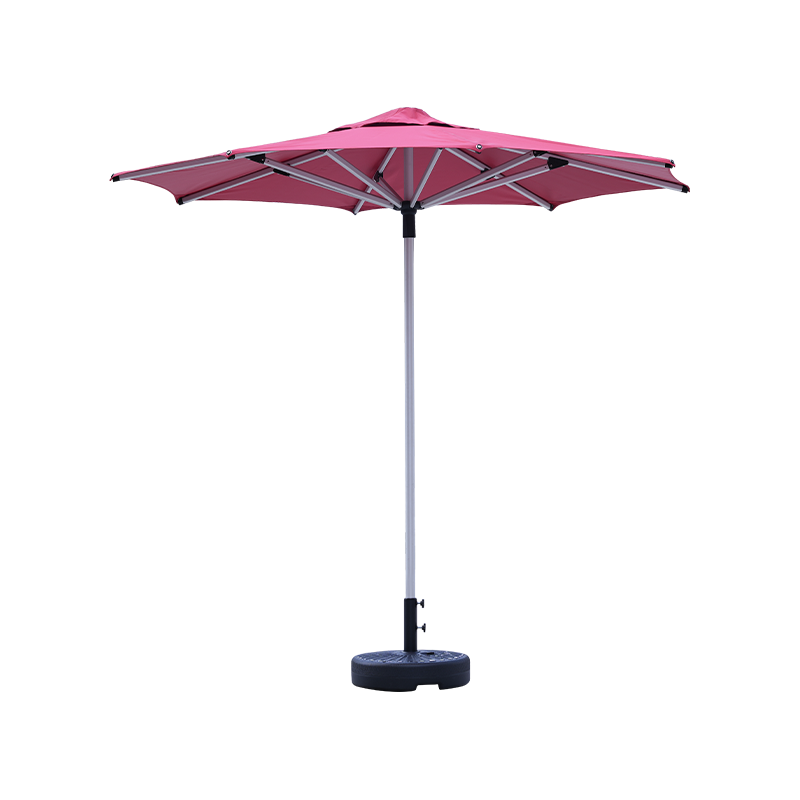Central Umbrella Offers Practical Shade for Modern Outdoor Spaces
Central Umbrella Brings Balance to Outdoor Shading Solutions
The central umbrella has become a familiar feature in outdoor living spaces, offering a blend of simplicity, stability, and dependable shade. Designed with a central pole that supports the canopy evenly, this style of umbrella provides balance and ease of use for both residential and commercial environments. From garden patios and poolside areas to outdoor cafes, central umbrellas continue to play an important role in creating comfortable and visually appealing spaces.
Outdoor furniture designers have long recognized the importance of balance between structure and style. The central umbrella’s straightforward design allows it to integrate seamlessly with different types of furniture and landscapes. Many homeowners and business owners appreciate its uncomplicated setup, which makes it a practical solution for daily use.
A Design That Combines Simplicity and Function
The central umbrella’s design is built around a single supporting pole positioned in the middle of the canopy. This classic configuration ensures stability, even coverage, and straightforward operation. The canopy can be adjusted or tilted in some models, providing additional flexibility to block sunlight from different angles throughout the day.
Manufacturers often focus on using durable materials such as aluminum, steel, or solid wood for the frame, ensuring strength and long-term performance. The canopy fabrics—typically polyester or acrylic—are selected for their resistance to fading and weather exposure. This combination of sturdy frame and resilient fabric gives the central umbrella both functional reliability and aesthetic appeal, making it suitable for a wide range of outdoor settings.
Applications in Residential and Commercial Spaces
The central umbrella’s versatility makes it a popular choice for patios, gardens, restaurants, and resorts. In home settings, it provides comfortable shade for outdoor dining or relaxation areas. Families can enjoy time outside without worrying about excessive sun exposure, while the umbrella’s design complements outdoor décor.
In commercial environments, such as cafés and hotel terraces, the central umbrella serves both practical and decorative purposes. Businesses can match umbrella colors with their branding or overall design themes, creating a unified and inviting look for customers. The central pole structure also allows easy placement in tables or stands, seating space while ensuring secure installation.
Customization and Design Flexibility
Modern central umbrellas are available in various sizes, shapes, and materials to meet different needs. Round, square, and rectangular canopies provide options for different spaces and layouts. Some models feature crank systems for smooth opening and closing, while others use pulley mechanisms for simple operation.
Customization has also become a significant trend. Businesses can choose canopy colors that reflect their identity, or add printed logos for promotional visibility. Homeowners, on the other hand, often select neutral or natural tones that match outdoor furniture and architectural elements. By offering diverse design options, central umbrellas help users create personalized outdoor environments that are both comfortable and cohesive.
Quality, Maintenance, and Longevity
Durability and ease of maintenance are essential features of any outdoor product, and central umbrellas are no exception. Frames are often coated or treated to resist rust and corrosion, while canopies are made from fabrics that can be easily cleaned and replaced when needed. Proper care—such as storing the umbrella during heavy storms or winter months—can significantly extend its lifespan.
Manufacturers continue to improve designs by focusing on user convenience. Some central umbrellas come with ventilation openings at the top of the canopy to reduce wind pressure and increase stability. Others feature adjustable tilt angles or UV-resistant coatings for better comfort and protection. These thoughtful improvements contribute to the central umbrella’s reputation as a reliable and functional choice for both private and public outdoor spaces.


 Español
Español عربى
عربى
